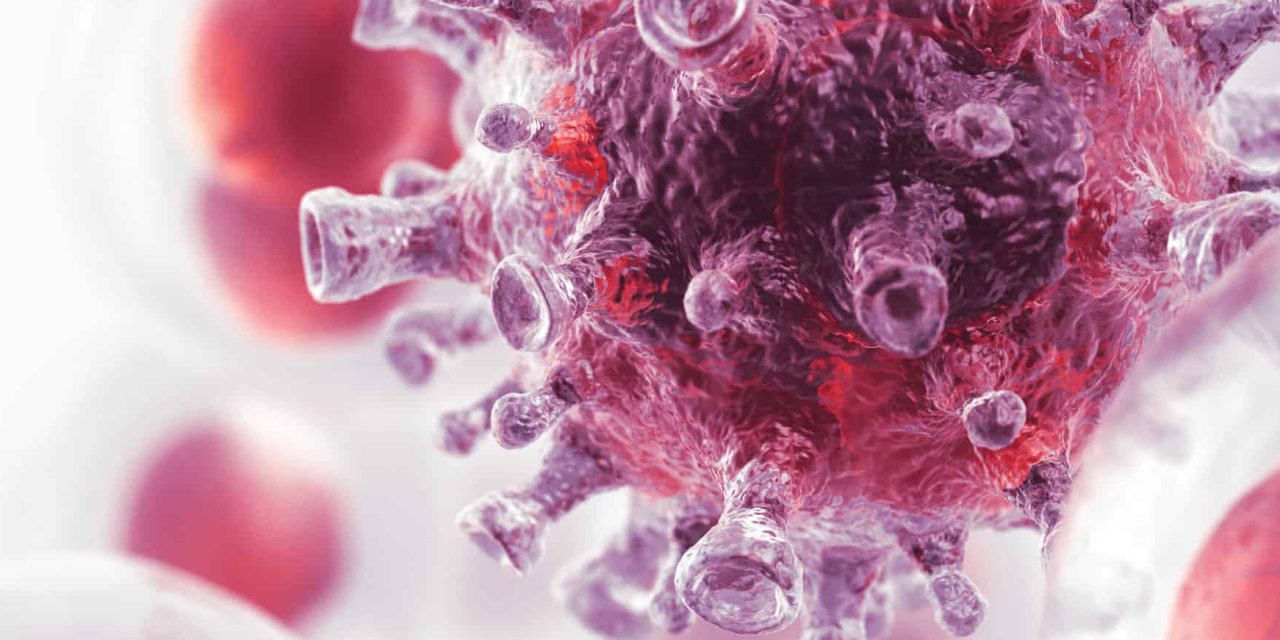Gastric-type endocervical adenocarcinoma (GAS) is a recently described, uncommon, and aggressive tumor with distinct morphologic features and HPV-independent etiology. Data on GAS in liquid-based cytology (LBC) Papanicolaou (Pap) test preparations from a North American patient population are scant. We systematically assessed the cytomorphologic characteristics of GAS in LBC from patients in Ontario and examined if glandular cell nuclear area could represent a readily assessable feature which may aid in GAS detection.
Pap test slides preceding the diagnosis of GAS were retrieved locally or requested from outside laboratories. A structured review of 15 cytomorphologic features was performed using the available LBC Pap test slides of GAS and a set of usual-type endocervical adenocarcinomas (UEA). Morphometry of the glandular cell nuclear area was performed, and normalized values were compared to UEA and benign endocervical cells.
At least 1 Pap test (5 ThinPrep®, 11 SurePath®, and 1 direct smear) was available for 14 patients. Original LBC Pap test diagnoses were negative for intraepithelial lesion or malignancy (NILM) (7), adenocarcinoma/carcinoma (6), atypical glandular cells (2), and adenocarcinoma in situ (1). Review detected abnormal glandular cells in 6/7 NILM cases. Honeycomb-like sheets, nuclear enlargement, and microvesicular cytoplasm were the single most common architectural, nuclear, and cytoplasmic features, respectively. Microvesicular cytoplasm (100 vs. 17%), honeycomb-like sheets (87 vs. 8%), prominent nucleoli (93 vs. 25%), and anisonucleosis (93 vs. 50%) were most discriminatory for GAS versus UEA, respectively. Yellow mucin, intranuclear cytoplasmic pseudoinclusions, and goblet/Paneth-like cells were uncommon, but unique for GAS. Glandular cell nuclear area normalized to neutrophils was found to be significantly increased in GAS compared to benign endocervical cells.
GAS is under-recognized and may mimic reactive endocervical cells. Awareness of the tumor type and its cytomorphology is critical for early detection. Identification of glandular cells with uniform nuclear enlargement in conjunction with any of the other cytologic features may help avoid false-negative Pap results. Neutrophils may serve as convenient size reference and visual aid.
© 2020 The Author(s) Published by S. Karger AG, Basel.
Cytomorphologic Features of Gastric-Type Endocervical Adenocarcinoma in Liquid-Based Preparations.


